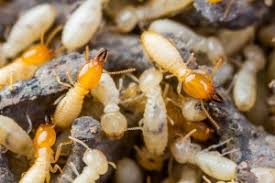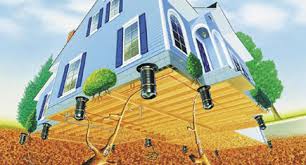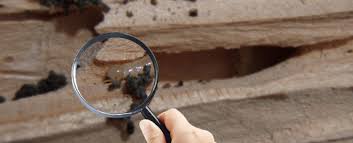The Best Guide To Termite Control How Often
By grabbing a can of insect spray and spraying on the ants, you've only killed those which you have sprayed. What about the millions of ants still in their colony that you havent sprayed, you guessed it they come back to haunt you in a couple of days time.  That solution doesnt work! .
Professional pest controllers formerly employed, and some still do, a repellent chemical like a Pyrethrin. This will stop the ants from crossing the barrier produced by the chemical. But if a place has been missed, or the chemical is washed off, then the ants are able to make it through. This was a really common way of treating ants over the previous 10 to 15 decades, however the treatment was generally only effective for a week or so and occasionally did not actually work at all. .

This is known as the transfer result A treatment with Termidor and its transfer impact has proven very effective in the treatment of ants. .
The Best Strategy To Use For Termite Control In Agriculture
Recently it has been shown that Termidor is able to kill ants in their colonies, and remain effective for 6 months or more.  It's a requirement that Termidor be applied by a licenced Pest Technician with a Queensland Health licence.
Nature Fresh can treat Ants using Termidor for $140. Since the compound has proven so powerful, we now offer a 6 month warranty on all Ant treatments.
A termite infestation and damage can be devastating to your home or property. Termites are often called the silent destroyer since they might be secretly hiding and thriving in your home or yard without any immediate signs of harm. All termites consume cellulose-based plant substances. Unfortunately, all houses, irrespective of their construction type, can offer cellulose food for termite infestation. .
Termites invade houses by crossing from their colonies in yards to foundations. Cracks or openings around pipes and cables give the pests access inside. Homeowners can also get termites from:
Some Known Incorrect Statements About Termite Control In Agriculture
Above ground locations in the home that remain damp enough to support termites without them needing to return to the moist conditions found in the soil.
Since termites are a constant threat to your home, here are a few things you can do during this year to maintain the effectiveness of Orkins termite treatment plan. Small steps make a big difference in preventing prevention visit site and sustaining an effective termite treatment plan. Start by eliminating moisture conditions and termite food around your property.
Where do they liveCommonly, termites live in wooden constructions, decayed trees, fallen wood, and dirt. Habitats vary among species as a few termites need different amounts of moisture. The insects are found in larger numbers in tropical regions where living conditions for termites is best.
Subterranean termites are the most abundant variety and can be found throughout the United States. The two dampwood and drywood species are generally more localized in the Southern countries.
Not known Details About Termite Control In Agriculture
Subterranean termite homes are often formed in soil. Within these mounds, termites construct intricate tunnel systems and mud tunnels where they access above-ground food sources.
When a colony has grown, winged, swarming termites can be seen around windows and doors. Winged termites are highly attracted to sources of light and therefore are most active in springtime. After mating, these thieves locate a new breeding site and make another colony, spreading infestations throughout multiple locations in the case of drywood termites. .

Dampwood termites generally remain close to the ground, but will choose moist, decaying wood anywhere it's found.

The 5-Second Trick For Termite Control How Often
A termites mouth is capable of tearing pieces of woody material. This capacity is what causes concern in human dwellings: while researchers only measure approximately 1 cm to a few millimeters in length, their feeding habits are effective at causing costly damage to property. House foundations, furniture, shelves and even books are possible feeding websites for termites. .
Employees and soldiers reside approximately one to two decades. Queen termites may endure for over a decade under optimum climate conditions.